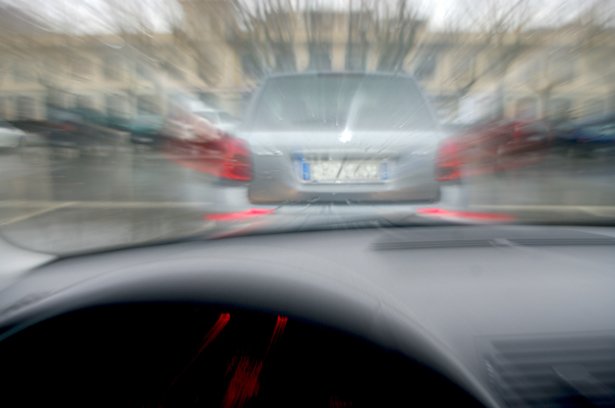
Forward Collision Warning (FCW)

Why We Need It
Rear-end crashes are one of the most common types of collisions. They are often the result of drivers following too closely or drivers that are distracted or speeding. In fact, 40% of rear-end collisions have no brake application whatsoever reflecting driver distraction. The NTSB has found that over 80% of rear-end crashes could be prevented with forward collision avoidance systems. The driver whose car hit the car ahead is typically considered to have been at-fault

Why We Need It
Rear-end crashes are one of the most common types of collisions. They are often the result of drivers following too closely or drivers that are distracted or speeding. In fact, 40% of rear-end collisions have no brake application whatsoever reflecting driver distraction. The NTSB has found that over 80% of rear-end crashes could be prevented with forward collision avoidance systems. The driver whose car hit the car ahead is typically considered to have been at-fault
How it Works
The System sends a visual and audio alert when it detects an imminent collision with a vehicle or motorcycle ahead, both on highways and in urban areas. The System issues an alert up to 2.7 seconds before a collision, allowing time to react. The FCW alert is based on the calculation of the Time to Collision (TTC) with the vehicle ahead, taking into account the distance from it and the relative traveling speed.
How it Works
The System sends a visual and audio alert when it detects an imminent collision with a vehicle or motorcycle ahead, both on highways and in urban areas. The System issues an alert up to 2.7 seconds before a collision, allowing time to react. The FCW alert is based on the calculation of the Time to Collision (TTC) with the vehicle ahead, taking into account the distance from it and the relative traveling speed.
